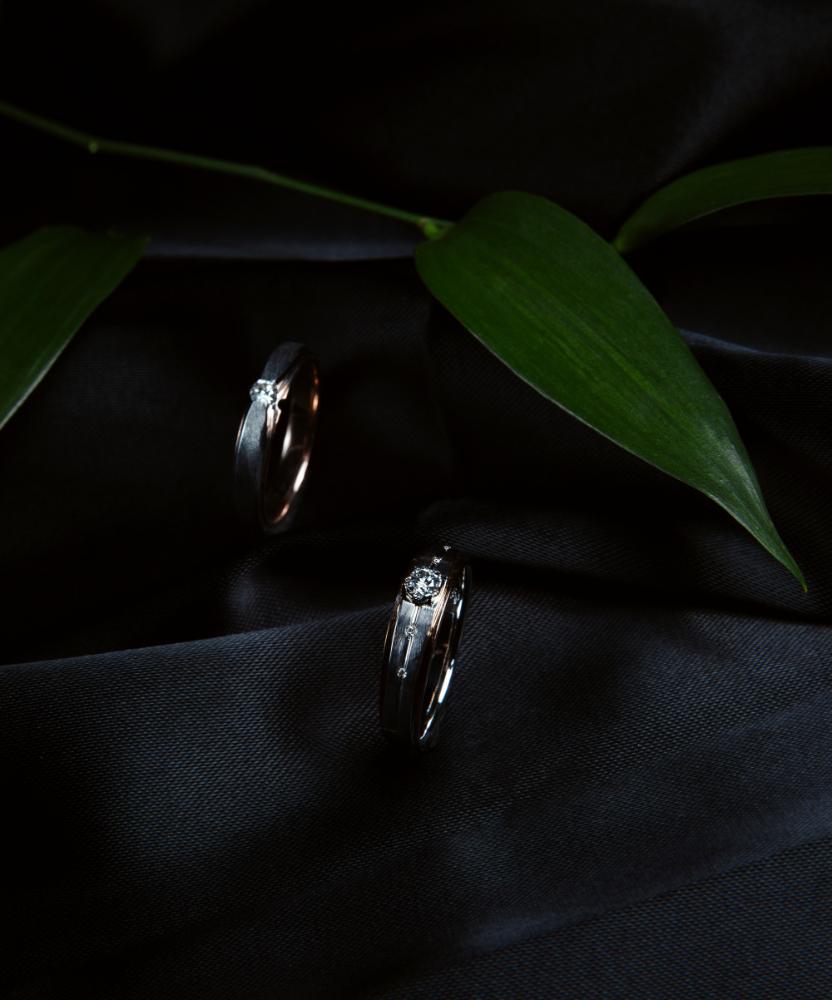Selecting the right setting for a solitaire diamond ring is as crucial as choosing the diamond itself. The setting not only secures the diamond but also enhances its beauty, brilliance, and size. A solitaire setting, characterized by a single diamond mounted on a simple band, highlights the gem's elegance and purity, making it a popular choice for engagement rings. Here are five tips to help you choose the perfect setting for your solitaire diamond ring, ensuring it reflects your personal style and the diamond's natural beauty.
1. Consider the Diamond's Shape and Size
The shape and size of your diamond play a significant role in determining the most suitable setting. Certain settings are better suited to specific shapes to enhance the diamond's natural beauty and ensure its security. For example, a prong setting, which uses metal claws to hold the diamond in place, is versatile and can accommodate almost any diamond shape, making it an excellent choice for showcasing the stone and allowing maximum light exposure. However, for larger diamonds or certain shapes, like marquise or pear, a bezel setting, which encircles the diamond with a thin metal rim, may provide better protection without sacrificing elegance.
2. Prioritize Security and Protection
The primary function of any ring setting is to secure the diamond, ensuring it stays in place. When selecting a setting for your solitaire diamond ring, consider how lifestyle, daily activities, and work might impact the ring's wear and tear. A setting that offers both beauty and security is paramount. For those with active lifestyles or jobs that involve manual work, consider settings that protect the diamond from bumps and knocks, such as the bezel setting or a semi-bezel setting, which offers protection while still allowing light to enter the diamond from the sides.
3. Match the Setting to Your Personal Style
Your solitaire diamond ring should reflect your personal style and taste. Whether you prefer a modern, minimalist look or something more classic and traditional, the setting can significantly influence the ring's overall appearance. For a sleek, contemporary look, consider a tension setting, where the diamond is held in place by pressure from the band, giving the illusion that it's floating. For those who favor classic elegance, a cathedral setting, which elevates the diamond above the band and is often accompanied by intricate detailing, might be the perfect choice.
4. Consider Future Band Pairings
If you plan to wear your solitaire diamond ring with a wedding band or stack it with other rings, consider how the setting will pair with additional bands. Some settings, like the flush setting, allow for a closer fit with other bands, while others, like the high-set prong setting, might require a curved or notched wedding band to sit flush against it. Thinking ahead about how you intend to wear your ring can guide you in choosing a setting that not only looks beautiful on its own but also complements additional bands.
5. Seek Professional Advice
Choosing the right setting for your solitaire diamond ring can be complex, with considerations ranging from aesthetics to functionality. Seeking the advice of a professional jeweler can provide valuable insights into the advantages and potential drawbacks of different settings. A skilled jeweler can also offer personalized recommendations based on your diamond's specific characteristics and your lifestyle, ensuring you make an informed decision that you'll be happy with for years to come.
Conclusion
The setting of a solitaire diamond ring plays a pivotal role in showcasing the stone's beauty and ensuring its security. By considering the diamond's shape and size, prioritizing protection, matching the setting to your personal style, contemplating future band pairings, and seeking professional advice, you can select the perfect setting that enhances the diamond's brilliance while reflecting your unique style. Remember, the right setting not only complements the diamond but also turns your solitaire ring into a cherished piece of jewellery that stands the test of time.


